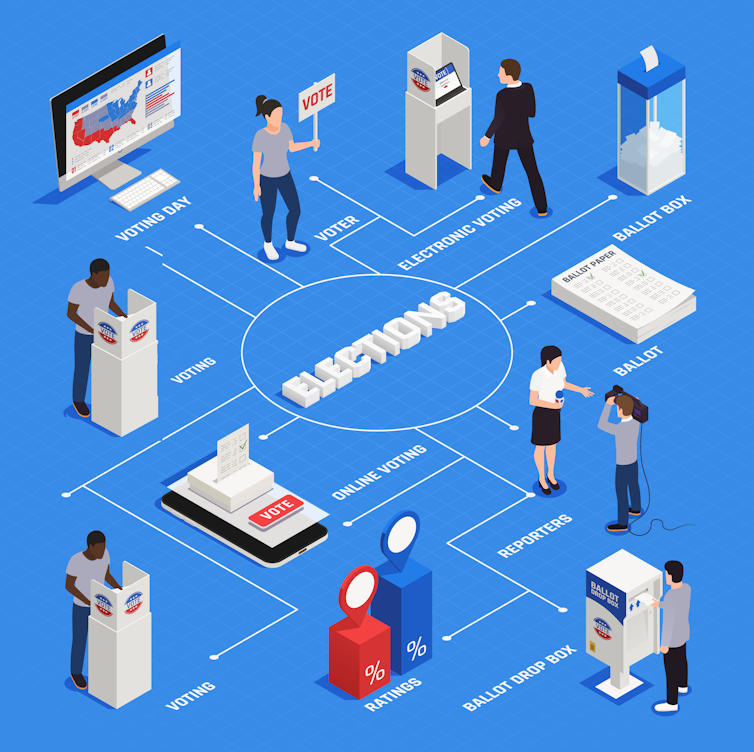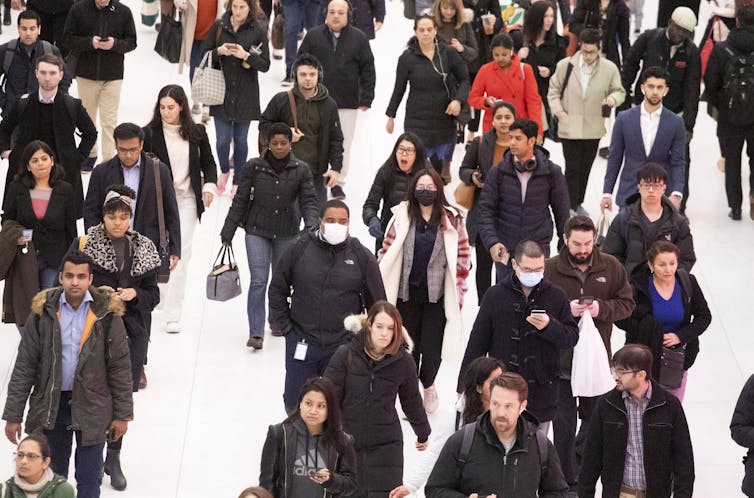If I was
in that District (Senate District 34), I’d be voting for Jennifer.
Then we have our municipal races where our town rulers in
the Charlestown Citizens Alliance (CCA Party) seek to retain power against a
full slate mustered by Charlestown Residents United (CRU).
The CRU slate includes a full five candidates for Town
Council, three endorsed by the Charlestown Democratic Town Committee and two by
the Republican State Committee.
This year, the two sides’ financials are more evenly matched
than I have ever seen in ten years of following the money in Charlestown.
As usually, most of the fund-raising was done in the last
couple months of the campaign.
The CCA Party usually counted on at least half its money
coming from non-residents. However this year, the CCA Party’s non-resident funding
fell off substantially.
Of the $12,518 raised by the CCA Party and reported in their
final
campaign finance reports, less than $2,000 came from non-residents. I doubt
that will change the CCA Party’s bias for non-residents often over the
interests of those of us who actually live here.
The CRU’s
filings show that they raised $9,557, all of it from Charlestown residents.
That’s the smallest funding gap between the CCA Party and its opponents ever.
Most of the money raised by the CCA Party and CRU has been
spent on yard signs and mailings.
Both CRU and the CCA Party have been battling in the letters
to the editor columns of our local newspapers, all of which are owned by RI Suburban Newspapers.
Leaving aside the very civil game of verbal badminton both
the CCA Party and CRU use in those letters to call each other liars, here are
some blunt reasons why I believe you should vote to END the CCA Party’s decade
long Reign of Error.
The CCA Party is incompetent.
A recent example is the CCA Party’s touting the release of a draft 10 Year Town
Comprehensive Plan. It’s a long and complicated document, though not difficult
to read.
However there’s a problem that directly relates to the CCA
Party’s competence: it’s late by seven years.
Our current Comprehensive Plan expired on April 27, 2013.
Work on the re-write began about three years earlier. During that whole time,
CCA Party co-founder Ruth Platner was chair of the Planning Commission.
Right before the election, Ruthie unveils the draft plan. Mikey
Chambers, the CCA Party’s main propagandist, hails the event as if Ruth brought
the (draft) Plan down on tablets from Mount Sinai. They
posted this stuff on NextDoor, a neighborhood blog run by a national
corporation that generally tries to filter out politics.
I pissed on their parade by noting how late the plan is,and that most of Rhode Island’s 39 cities and towns have already
finalized their plans and won state approval. Mikey got very upset at me for “politicizing”
NextDoor by pointing these facts out. Hey, Mikey, you guys need to do your
homework on time.
They are
fear-mongers.
Ever since the CCA Party launched itself to oust Charlestown
curmudgeon Jim Mageau from the Town Council in 2008, the CCA Party has thrived
on creating and then attacking all manner of boogeymen. THIS
ARTICLE covers many of them.
The most outrageous, in my opinion, was the creation
from whole cloth of the Ninigret Park crisis, founded on the theory that a
rejected proposal for state funding for a lighted sports field for Pee-Wee
Football practice would set off a chain of events leading to the US Interior
Department taking back Ninigret Park.
It was insane and ridiculous but was pumped up by the CCA
Party into such a crisis that it took a visit from a top
official of the National Parks Service to debunk the lies the CCA Party
used to get everyone in town upset.
It didn’t end there, as the “Battle for Ninigret Park” morphed
into the CCA Party’s “Kill
Bill Campaign” that was aimed at ousting town administrator Bill DiLibero,
largely because he would not go along with the fiction the CCA Party had
created about Charlestown’s rights to Ninigret Park. In the end, Bill lost his
job.
Just about every year, some other existential threat gets
surfaced by the CCA Party. Some are genuine threats, most are exaggerated. Sometimes
they involve the Narragansett Indian Tribe which the CCA Party treats as an
enemy, to the point of paying attorney Joe Larisa a retainer fee of $24,000 to
watch the Tribe – and when he spots suspicious activity by the Tribe, we pay
him more.
A threat by the Tribe is anything the Tribe might want to do
that does not have the town’s advance, expressed approval.
If this is not outright
institutional racism, I don’t know what is. I would hope that among the
first acts of our new Town Council, however constituted, would be to terminate
our retainer contract with Larisa.
They are the party of
exclusion.
The CCA Party is a closed loop institution in every respect. On
a micro level, you can’t join the CCA, can’t go to their meetings, can’t see their
minutes but you do have to live with the results of their secret
decision-making.
In their running of town government, they promote secrecy by
skewing the state’s open records law to make it difficult to monitor shady land
deals involving the spending of public money to buy property from people tied
to the CCA Party. SPA-Gate is the current example. CLICK HERE to read more
about SPA-Gate and the cover-up.
 |
This population projection, created in 2006 in the town's current
Comprehensive Plan, shows that we expected to have 9,768 people
in 2020. The CCA Party's exclusionary policy actually shrunk
our population from 2006 to its present 7,7,80.
|
On a macro level, the CCA Party is dedicated to keeping
outsiders out, with an exception made for rich retirees who wish to buy a “cottage”
on the shore.
The CCA Party explicitly tries to block affordable housing
of all types and new housing designed to attract families with children.
The
phrase I’ve heard most often is the need to keep “those people from Providence”
from soiling our “rural character.”
Planning Commissar Ruth Platner actually devised a
mathematical formula to support her position that school-age children are
parasites who eat up more tax revenue than they create. Once taking up a whole page, Ruthie's math has been taken down from the CCA Party website.
As the following profile shows, Charlestown is one of the
worst towns in the state for exclusionary policies. You need an annual income of $105,959 to buy a median priced house in Charlestown. You probably won't be able to find a rental.
We have had ten solid years of total control of Charlestown
town government by the CCA Party and examples too numerous to list of actions
they have taken that betray the public trust.
In the remaining time or on Election Day itself, I urge you
to do your civic duty and vote and to vote for Biden-Harris, Reed, Langevin,
Jennifer Douglas (if you are in her district) and the CRU slate.






























